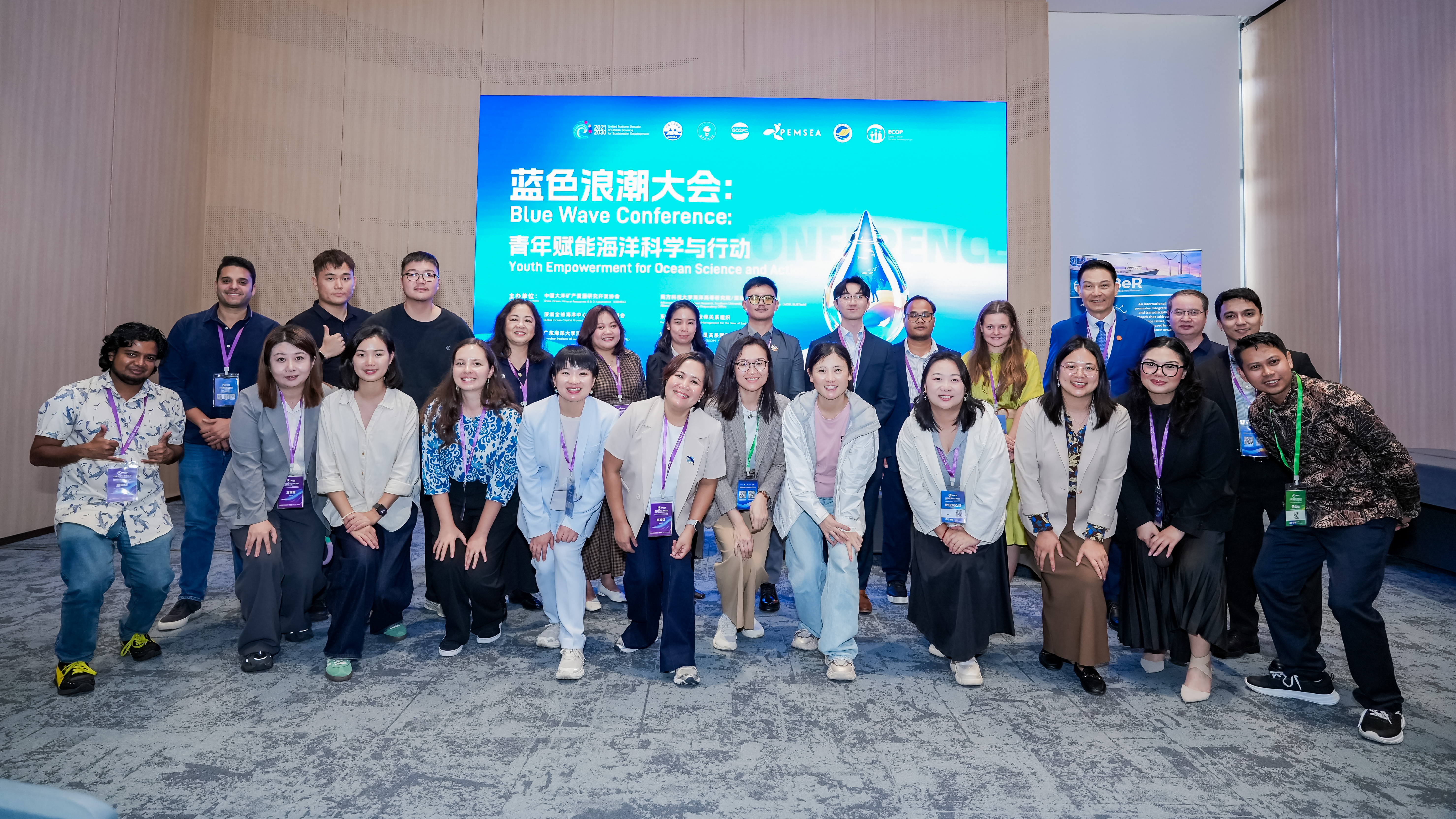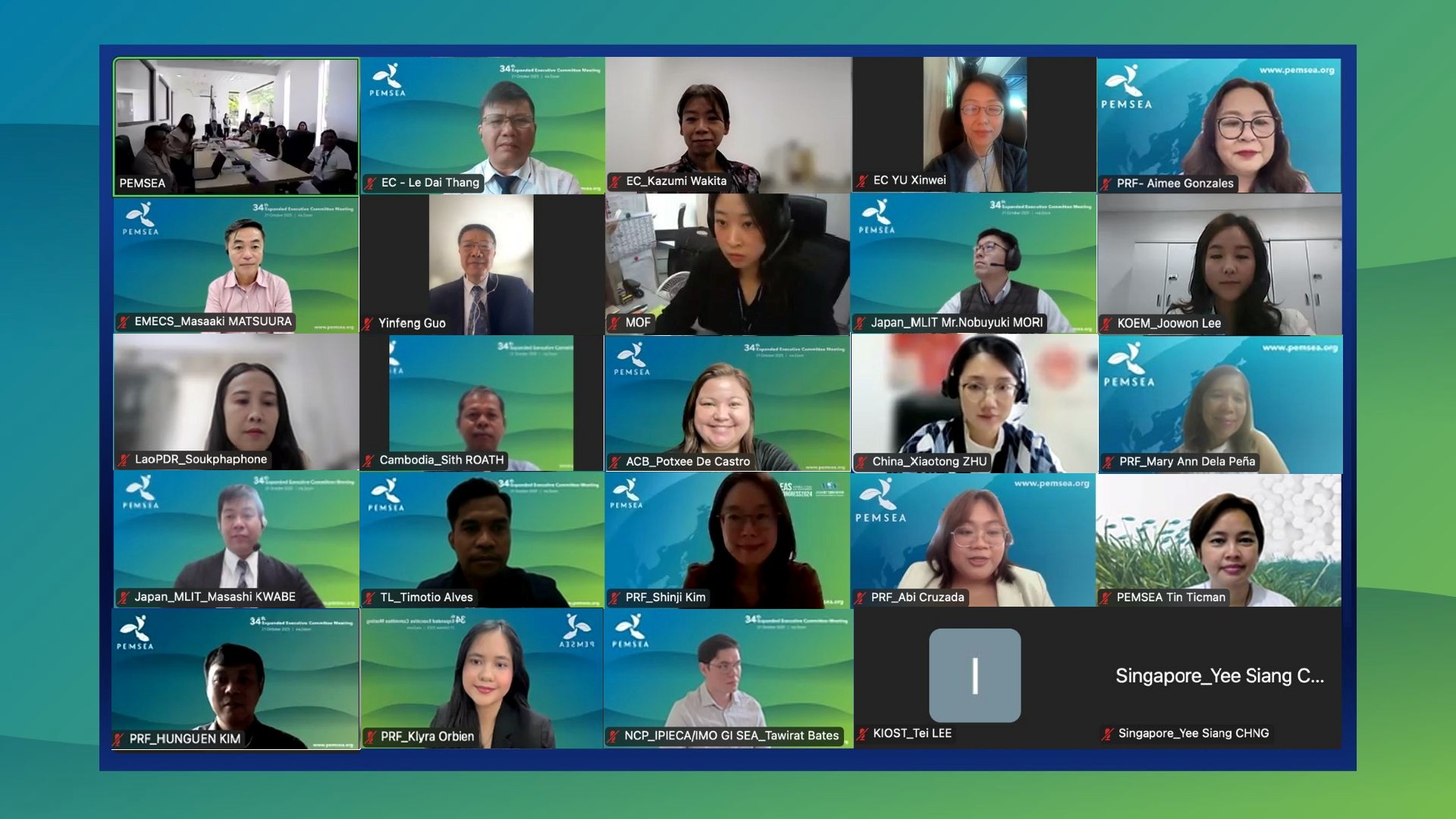Interview with Stephen Ross on the State of Oceans and Coasts reporting
Tuesday, 18 October 2022

Mr. Stephen Adrian Ross was Executive Director of PRF from 2014 to 2017. One of the founding members of PEMSEA, he worked with the organization for 20 years as a Senior Technical Officer for the IMO, and as PEMSEA’s Senior Programme Officer and Chief Technical Officer before being appointed Executive Director.
As part of the production of The PEMSEA Story, Mr. Ross was interviewed on the topic of State of the Oceans and Coasts (SOC) reports. A regional report for has been developed using data from 2021: Regional State of Ocean and Coasts 2021: The East Asian Seas Region, along with a Supplemental Report.

You have stressed the value of the SOC report as a key instrument in sustainable coastal management. Could you elaborate on this, especially for a broader readership?
Under the guidance of PEMSEA, NSOC and SOC reports were completed by 10 national governments and developed by 34 local governments as of 2021. The SOC reports help to identify gaps in existing ICM programs as well as new and emerging issues that need to be prioritized.
SOC reports are prepared by local teams using a common set of indicators that encompass governance, environmental, social, and economic characteristics of the area. By conducting SOC reporting every three to five years, stakeholders are able to track the overall effectiveness and benefits of ICM programs. This not only provides governments with a powerful planning, management, and evaluation tool for sustainable development of coastal areas but also provides communities with the capacity and means to participate in the planning and evaluating the state of their social, economic, and environmental well-being.
The results of the first national and regional SOCs have been encouraging. The national SOCs also delved into the ‘SOC reporting is an integral part of coastal and ocean governance and management’ valuation of natural assets and ecosystem services and their often unaccounted contribution to national and regional economies and employment.
However, to reap the full benefits of this impressive work, PEMSEA and its Country Partners would need to consider ways and means of tackling SOC conclusions and recommendations.
How do you see PEMSEA’s role evolving in the coming years?
The National State of Oceans and Coasts reports recently developed and published by 10 PEMSEA partner countries focus on blue economy transformation. To my mind, these SOCs provide both direction and role for PEMSEA’s evolution. While there are numerous definitions, in practical terms, blue economy growth is driven by public and private investments that ensure the sustainable use of coastal and marine resources while promoting economic growth, enhancing energy efficiency, reducing carbon emissions and pollution, and preserving and improving livelihoods across a range of ocean-dependent and ocean-related sectors.
PEMSEA, as a regional organization, is uniquely positioned to take on this challenge, given its long and well-known history of partnership development among the public and private sectors; its on-the-ground ICM experience and know-how, its commitment to the delivery of the objectives and targets of the SDS-SEA, SDGs, and other international conventions and agreements that contribute to sustainable development; and its network of local government leaders who are on the frontline of the struggle. The main question is how PEMSEA can provide value-added approaches and services that will assist national and local governments with this transformation.
This is an evolutionary process for PEMSEA, not an abandonment of what PEMSEA does. PEMSEA will continue to scale up the application of ICM across the region, both geographically and functionally, addressing existing and emerging challenges to sustainable development through adaptation and innovation. Blue economy is an emerging challenge for many countries as evidenced in the NSOC reports. PEMSEA, in keeping with its vision and mission, can address the blue economy challenge through innovation, value-added services, and novel partnership arrangements.



